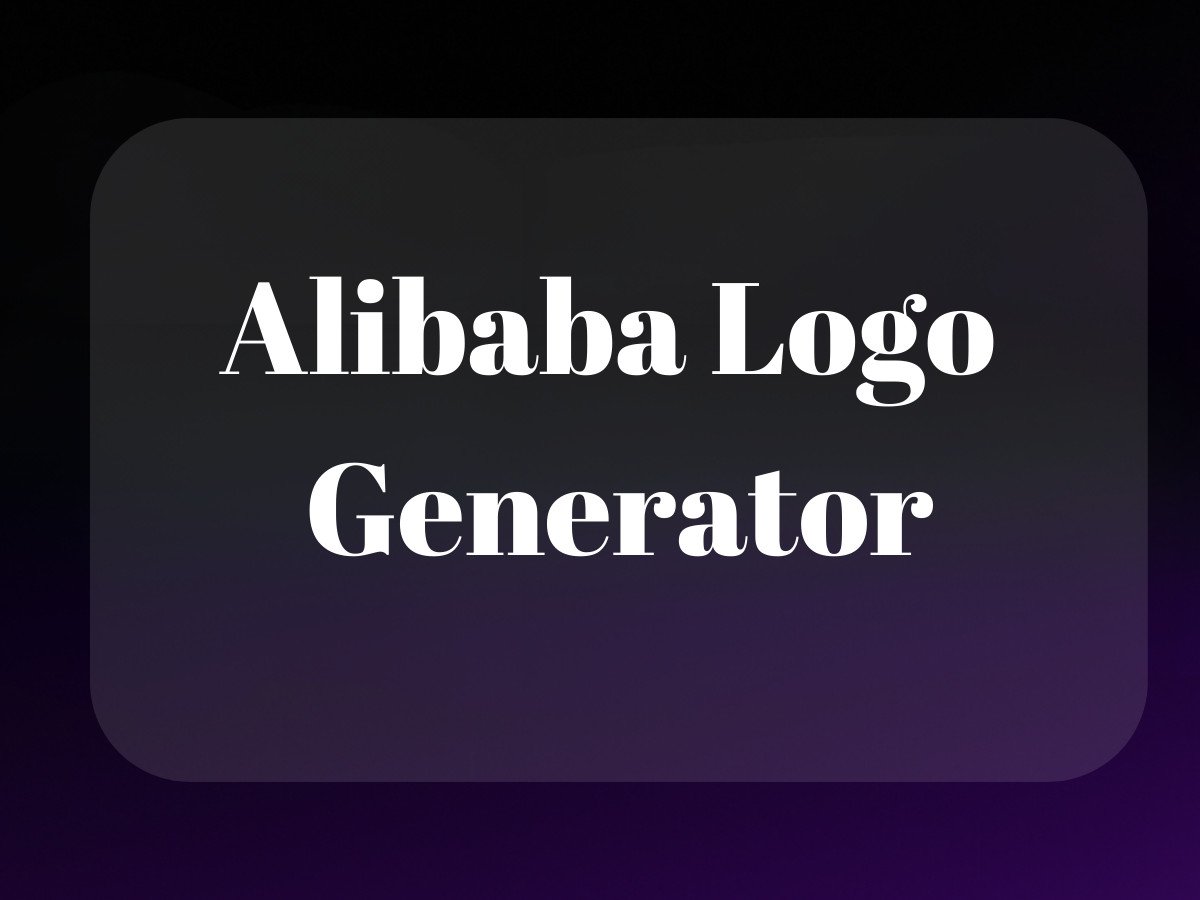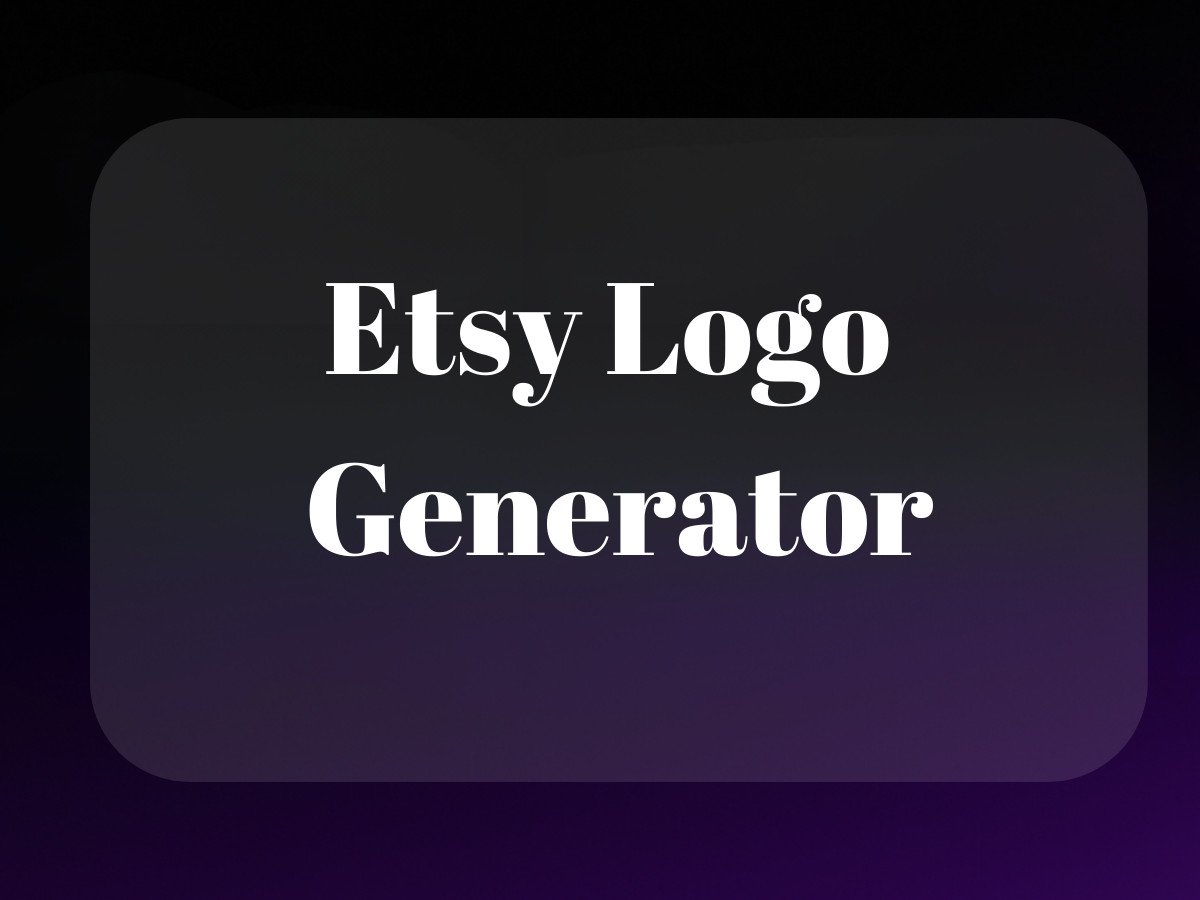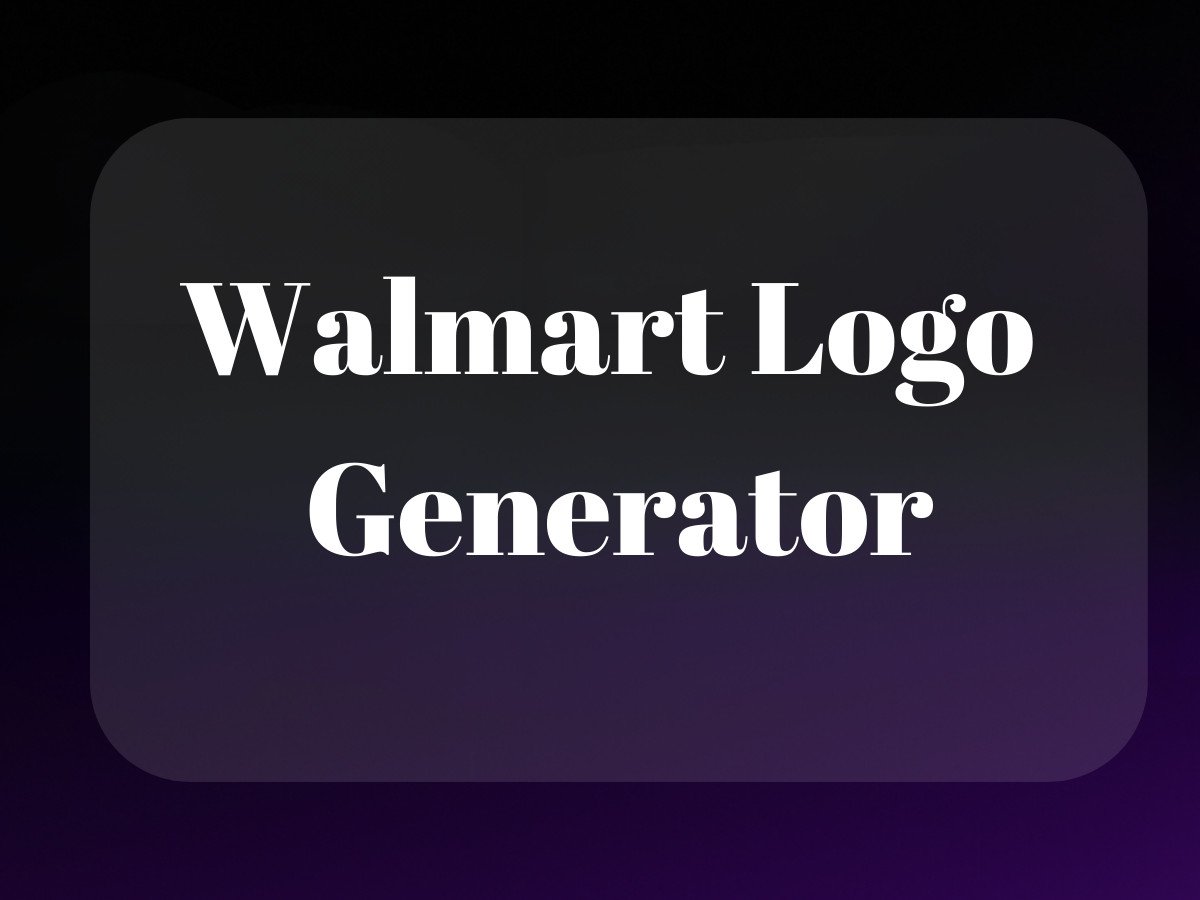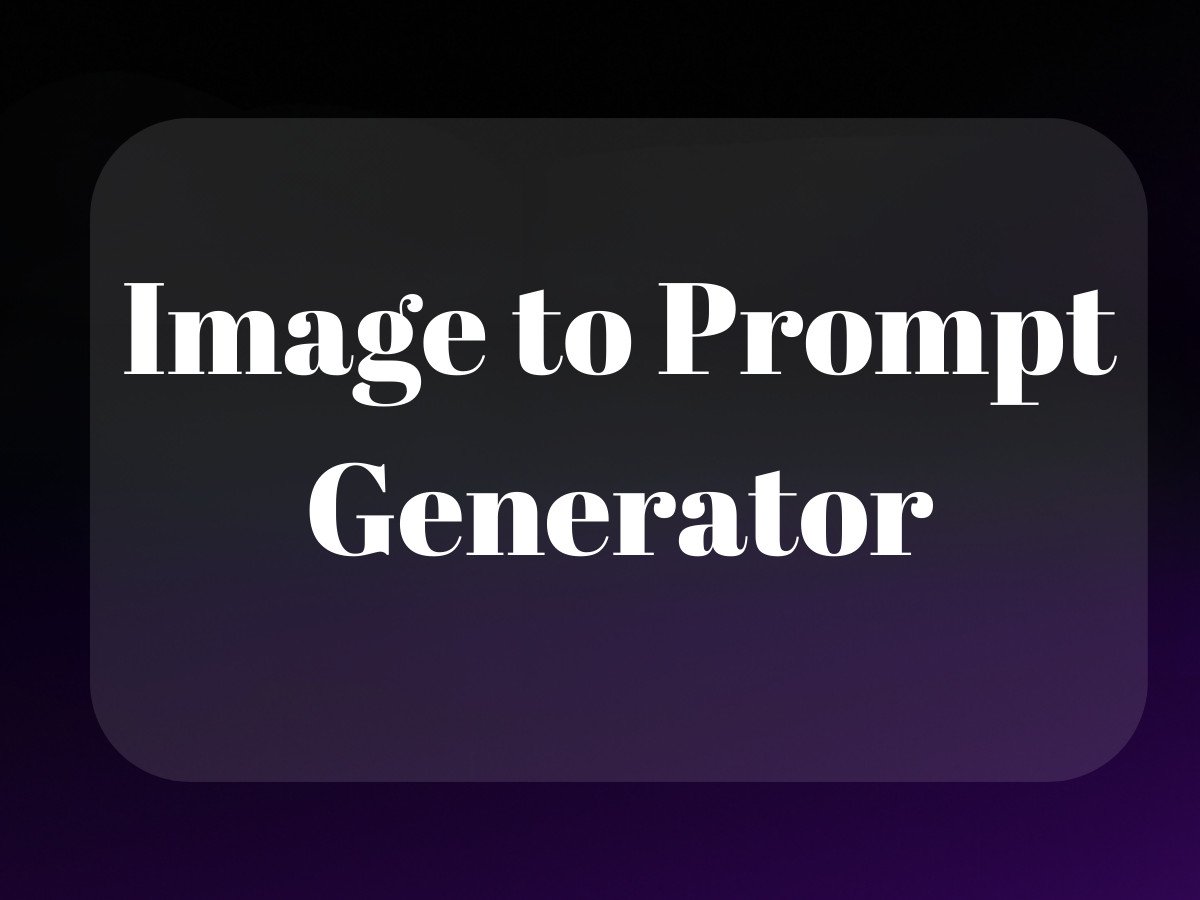Let’s cut through the noise. Everyone’s talking about becoming an Amazon millionaire overnight, yet 90% of new sellers struggle to get their first sale. The disconnect isn’t about the platform’s potential – Amazon’s still the 800-pound gorilla of ecommerce. It’s about how we’re approaching what to sell on Amazon as new sellers.

I’ve spent the last decade watching sellers either crush it or crash and burn on Amazon. The difference? It’s rarely about having the “perfect product” – it’s about understanding the game before you play it.
What Can I Sell on Amazon as a New Seller: The Foundation
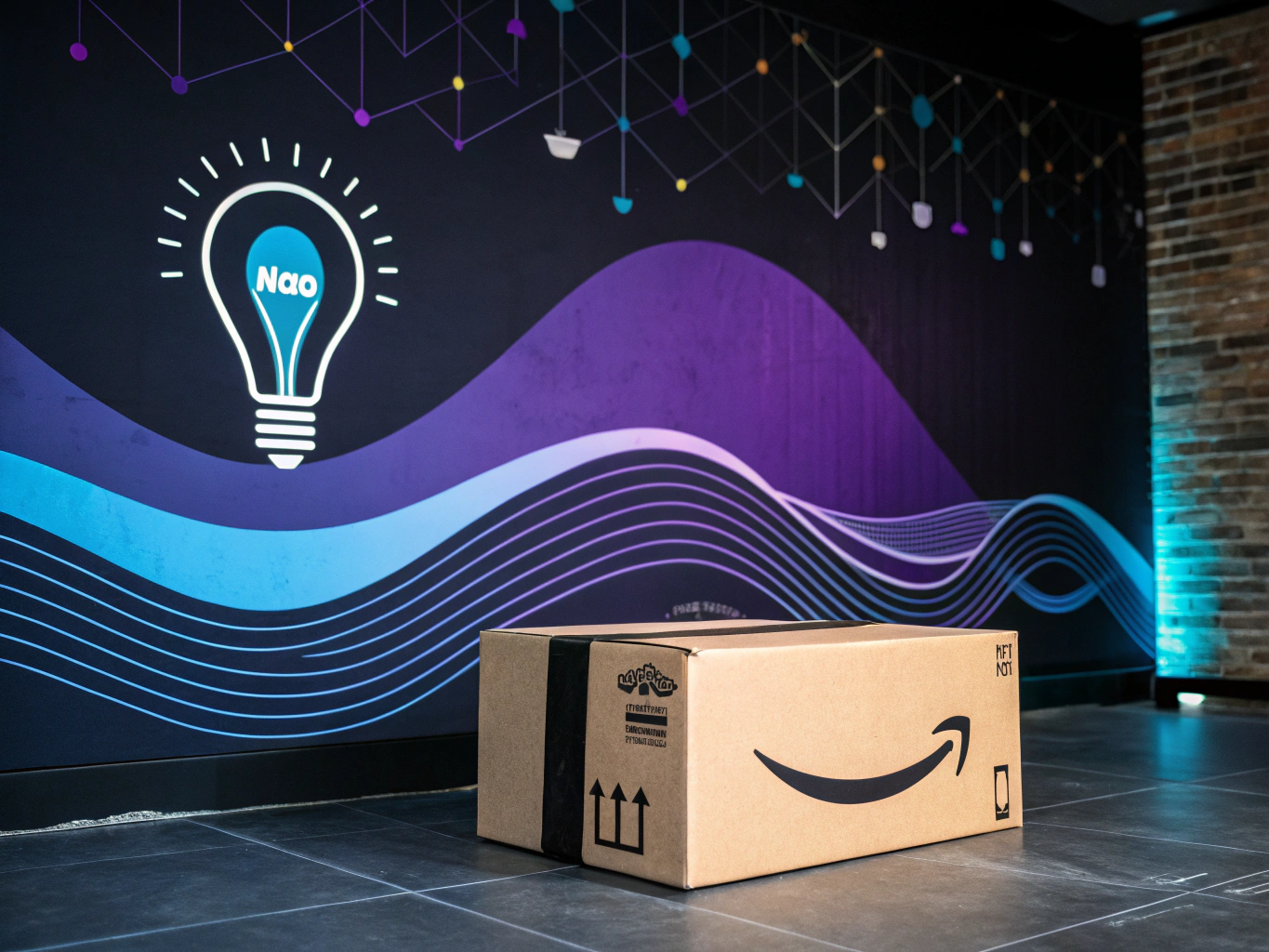
First things first – let’s bust some myths. You don’t need a revolutionary product. You don’t need $50,000 in startup capital. And no, you don’t need to import containers from China (though that’s certainly an option). What you do need is a clear understanding of Amazon’s ecosystem and where you fit in it.
Understanding Amazon’s Seller Programs: Your First Fork in the Road
Think of Amazon’s selling programs like choosing between taking an Uber or buying a car. FBA (Fulfillment by Amazon) is like Uber – more expensive per ride but someone else handles the driving, maintenance, and parking. FBM (Fulfilled by Merchant) is like owning a car – more control, potentially cheaper long-term, but you’re responsible for everything. Amazon reimbursement claims are also an essential part of the selling process.
For new sellers, FBA often makes more sense. Why? Because it lets you focus on what matters most: finding the right products and marketing them effectively. Plus, Prime eligibility is like having a VIP pass to Amazon’s best customers.
The Best Product Categories for Newcomers
Here’s where it gets interesting. While Amazon has over 30 categories, not all are created equal for new sellers. Some are like trying to open a restaurant in Times Square – expensive and competitive. Others are more like finding a cozy neighborhood spot – manageable and potentially profitable.
Unrestricted Categories: Your Easy Entry Points
- Home & Kitchen: Think practical items people buy repeatedly
- Sports & Outdoors: Especially niche sports equipment
- Books: Yes, people still buy physical books
- Pet Supplies: A growing market with loyal customers
Product Selection Strategy: Think Like a Customer, Not a Seller
The biggest mistake I see new sellers make? They browse Alibaba looking for products with good margins instead of solving actual customer problems. Here’s a better approach: find products that solve specific problems or fulfill specific desires.
Market Research: Beyond the Basics
Forget those “guaranteed winner” product research tools for a second. Instead, start with these questions:
- What problems do you personally face that existing products don’t solve well?
- What products do people constantly complain about in reviews?
- What trends are emerging in your social circles that haven’t hit Amazon yet?
The Sweet Spot for New Sellers
Look for products that hit this trifecta:
- Selling price between $15-50 (higher than this increases risk, lower reduces profit potential)
- Lightweight and small (keeps shipping and storage costs manageable)
- Not dominated by major brands (you don’t want to compete with Nike or Apple)
Sourcing Your Products: The Smart Way
Here’s something most guides won’t tell you: you don’t have to manufacture products from scratch. Consider these alternatives:
- Bundle existing products in unique ways
- Partner with small manufacturers in your country
- Use print-on-demand for custom products
- Find closeout deals from retail stores
The Reality Check: What It Really Takes to Succeed
Let’s get real for a minute. Success on Amazon isn’t just about finding the right product – it’s about building a real business. That means understanding inventory management, customer service, marketing, and yes, dealing with competition.
The Numbers Game
Here’s what you actually need to start:
- Minimum $500-1000 for inventory (yes, you can start this small)
- $39.99/month for a Professional Seller account
- About 15-20 hours per week to manage your business
- A willingness to learn from mistakes (trust me, you’ll make them)
Building Your Foundation
Before you even think about selling your first product, you need to:
- Research Amazon’s seller policies thoroughly
- Understand basic SEO and listing optimization
- Learn about Amazon’s ranking algorithm
- Set up proper accounting systems
The beauty of starting on Amazon in 2025 is that you don’t have to figure everything out yourself. The platform has matured, the tools have improved, and there’s a wealth of knowledge available. The trick is knowing what advice to follow and what to ignore.
Best Product Categories for New Amazon Sellers: Finding Your Sweet Spot
Look, I get it. When you’re first diving into what you can sell on Amazon as a new seller, the sheer number of options can feel like walking into Costco blindfolded. There’s just…so much. But here’s the thing – not all product categories are created equal, and some are definitely more beginner-friendly than others.
Think of Amazon’s category system like a video game with different difficulty levels. Some categories are like starting on “easy mode” – you can jump right in and start selling. Others? They’re more like trying to beat Dark Souls with a broken controller. Let’s break this down in a way that actually makes sense.
Unrestricted Categories: Your Entry Ticket to Amazon Success
Remember when you first learned to drive? You probably didn’t start with a Ferrari on a Formula 1 track. Similarly, these unrestricted (or “ungated”) categories are your learner’s permit in the Amazon marketplace. Here’s where you can start selling without jumping through approval hoops:
Books and Media
Books are like the tutorial level of Amazon selling – it’s literally how Amazon started. New, used, textbooks – they’re all fair game. If you’re interested in self-publishing, Amazon KDP (Kindle Direct Publishing) is another great way to sell books on Amazon without dealing with inventory. The competition can be fierce, but there’s always room for specialized niches. I’ve seen sellers crush it by focusing on vintage cookbooks or rare technical manuals.
Consumer Electronics
Phone accessories, computer peripherals, and small electronic items are hot sellers. But here’s the catch – you need to be smart about it. Don’t try to compete with the big boys selling iPhones. Instead, think phone cases, charging cables, or laptop stands. The key is finding that sweet spot between demand and competition.
Home and Garden
This category is like the Swiss Army knife of Amazon selling – versatile and always in demand. Kitchen gadgets, home décor, garden tools… people are constantly sprucing up their living spaces. Pro tip: look for items that solve specific problems or tap into current home improvement trends.
What Can I Sell on Amazon: Strategy Over Selection
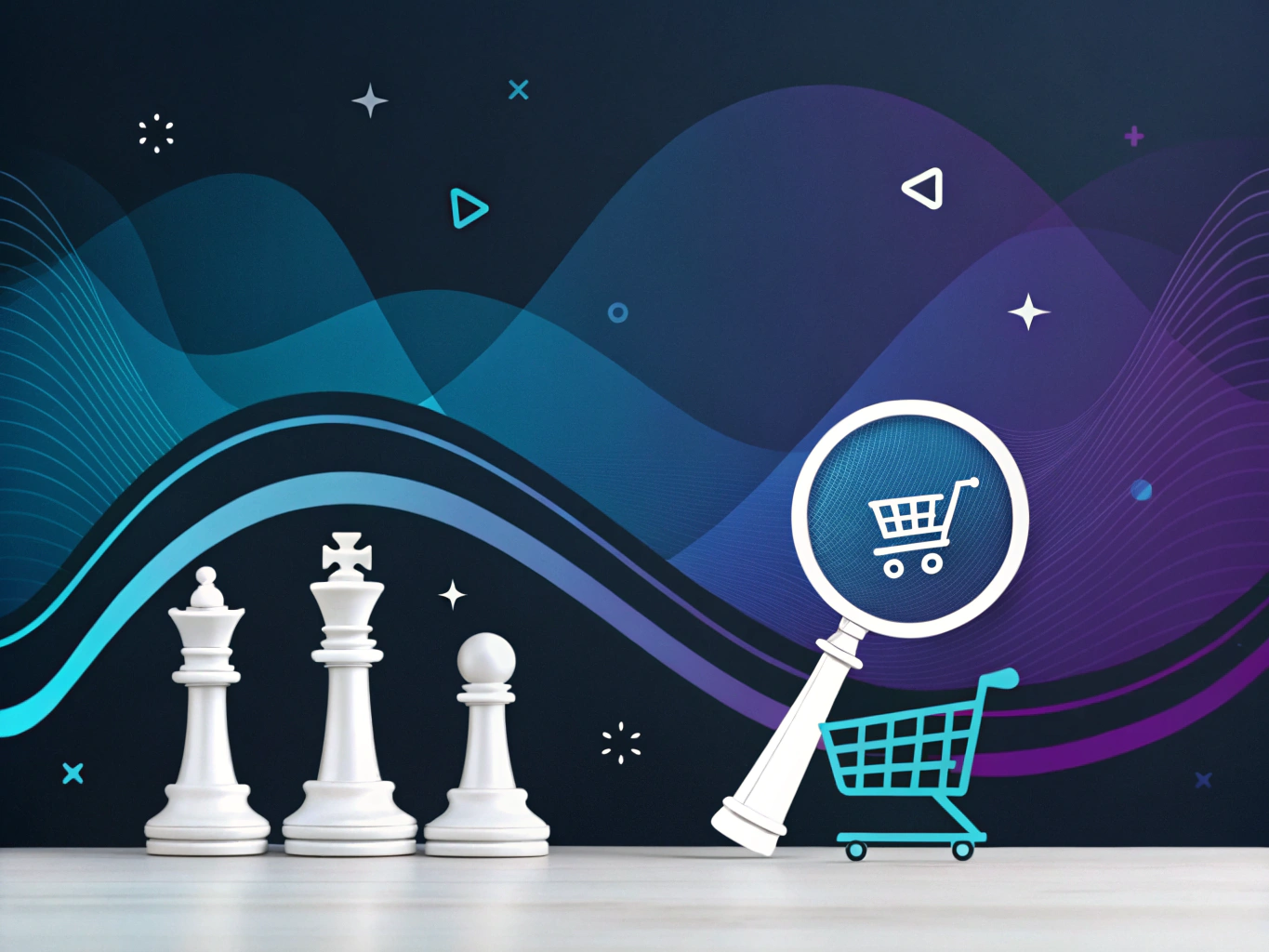
Here’s where most new sellers get it twisted – they obsess over finding the “perfect” product instead of developing a solid strategy. It’s like focusing on picking the perfect chess piece before learning how the game works.
Market Research: Your New Best Friend
Let’s get real about market research. Yes, it’s about as exciting as watching paint dry, but it’s the difference between launching a product that sells and one that collects dust in Amazon’s warehouses. Use tools like Jungle Scout or Helium 10 (or hey, even our ProductScope AI tools) to analyze:
- Monthly sales volume
- Competition levels
- Seasonal trends
- Profit margins after all fees
The Sweet Spot Criteria for New Sellers
After helping countless brands launch on Amazon, I’ve noticed a pattern in successful product selection. Here’s what you should be looking for:
Price Point Magic
Aim for products in the $15-50 range. Why? Below $15, and Amazon fees eat your profits alive. Above $50, and you’re dealing with higher investment risks and slower inventory turns. It’s like finding the Goldilocks zone – not too hot, not too cold.
Size and Weight Considerations
Think small and light. I’m talking items that could fit in a shoebox and weigh less than 2-3 pounds. Shipping costs can make or break your margins, and trust me, you don’t want to learn this the hard way. I once had a client insist on selling garden furniture – their profit margins vanished faster than free samples at Costco.
Sourcing Your Products: The Make-or-Break Decision
This is where the rubber meets the road. You’ve got several options:
Wholesale
Traditional wholesale can work, but you’re competing with established sellers who have better relationships and pricing. It’s like trying to join a poker game where everyone else has been playing together for years.
Private Label
This is where things get interesting. Private labeling allows you to build your own brand and control your destiny. Sure, it requires more upfront work, but the potential payoff is much higher. Think of it as building your own house instead of renting someone else’s.
Dropshipping
It’s tempting to start here because of the low upfront costs, but proceed with caution. Dropshipping on Amazon is like trying to run a restaurant where you don’t control the kitchen – it can work, but there are a lot of potential headaches.
Building Your Amazon Empire: Beyond Just Products
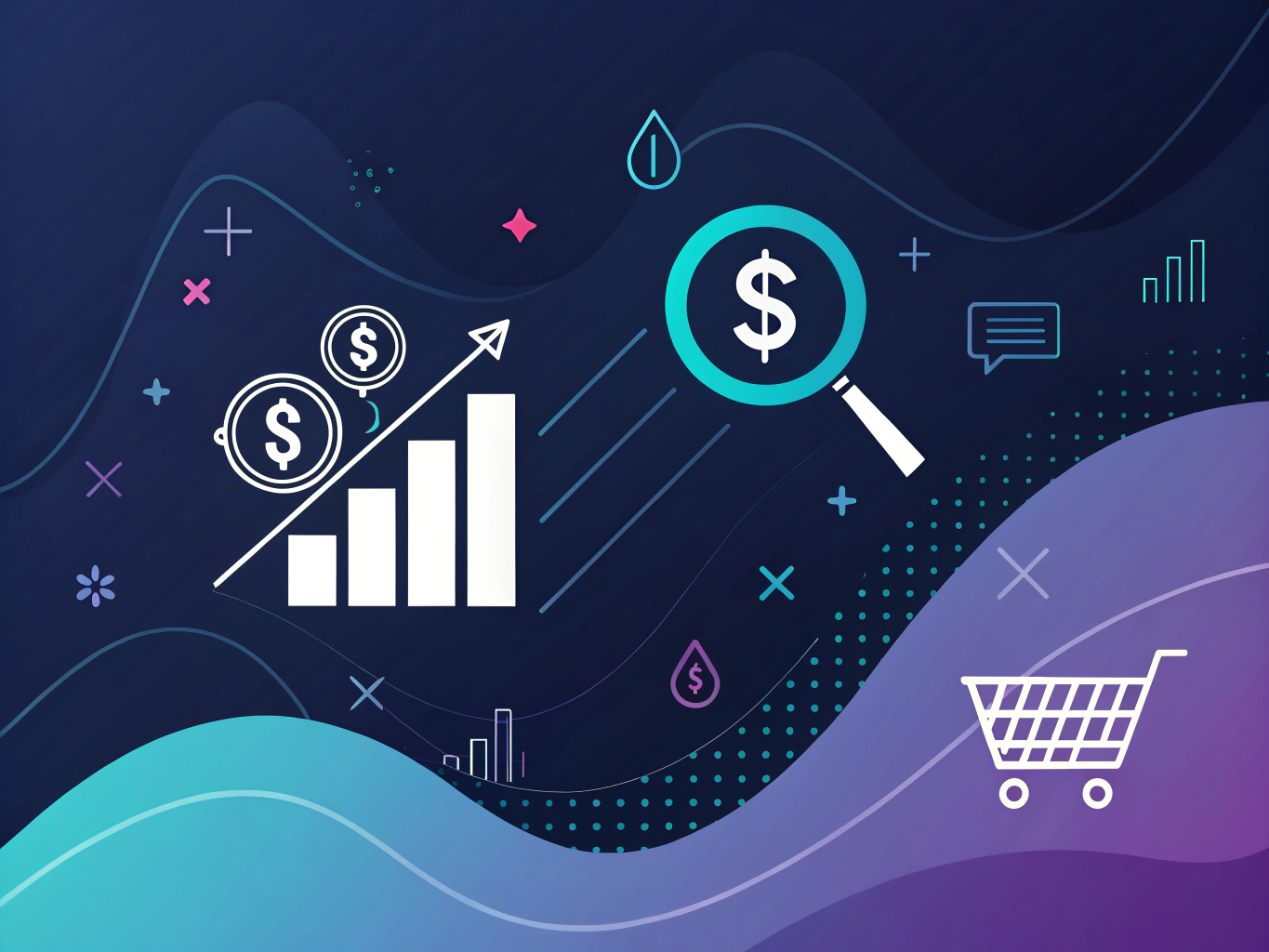
Here’s something most guides won’t tell you: what you sell matters less than how you sell it. I’ve seen sellers crush it with the most basic products because they nailed these aspects:
Listing Optimization That Actually Works
Your product listing is your digital storefront. It needs to be more than just keyword-stuffed nonsense. One way to build credibility fast is by enrolling in Amazon’s Vine Program, which allows trusted reviewers to test and review your products, giving you an edge in generating early feedback. Use high-quality images (seriously, invest in good photography), write compelling bullet points that address actual customer needs, and create descriptions that tell a story.
Inventory Management: The Silent Killer
Running out of stock is like closing your store during peak shopping hours. Use tools to track your inventory levels and set up reorder points. I recommend keeping at least 2-3 months of inventory on hand, depending on your supplier’s lead times.
Customer Service Excellence
Amazon’s customer-obsessed culture isn’t just marketing fluff. Respond to questions quickly, address issues proactively, and treat every customer like they’re your only customer. It’s amazing how many sellers forget this basic principle.
The beauty of selling on Amazon in 2025 is that you have more tools and data at your disposal than ever before. However, many sellers also consider selling on Walmart vs Amazon to compare potential benefits, such as lower competition on Walmart versus Amazon’s massive customer base. Use them wisely, start small, and focus on building a sustainable business rather than chasing quick wins. Remember, Amazon is a marathon, not a sprint – and the race is only getting more interesting.
Marketing Beyond the Buy Box
PPC advertising on Amazon is like having a really expensive megaphone – it works, but you better know what you’re saying. I’ve seen sellers burn through ad budgets faster than a Tesla on Ludicrous mode. Start small, test everything, and scale what works.
Social media isn’t just for posting memes (though a good meme never hurt anyone). Use it to build a brand story. Your customers don’t just want products; they want to be part of something. Even if you’re selling something as mundane as phone chargers, there’s a story there about reliability, design, or sustainability.
Customer Service: Your Secret Weapon
In the age of AI chatbots and automated responses, being human is your superpower. Respond to customer questions like you’re talking to a friend, not writing a legal document. And those negative reviews? They’re not fun, but they’re opportunities in disguise. How you handle problems often matters more than preventing them in the first place.
Future-Proofing Your Amazon Business
The best things to sell on Amazon today might not be the best things tomorrow. I’ve watched categories go from gold mines to ghost towns faster than you can say “market saturation.” The key? Diversification and adaptation.
Embracing AI and Automation (Without Losing Your Soul)
AI tools are changing how to become an Amazon seller, but they’re tools, not magic wands. Use them for inventory forecasting, pricing optimization, and market research. But remember – AI is like having an intern who’s incredibly fast but occasionally needs adult supervision.
Expanding Your Horizons
Starting with one product category is smart, but staying there forever? Not so much. Look for complementary products, adjacent markets, or even entirely new categories. The best Amazon products often come from sellers who understand their customers well enough to anticipate their next needs.
Final Thoughts: Your Amazon Journey Starts Here
Starting an Amazon business in 2025 isn’t just about finding high demand products with low competition (though that helps). It’s about building a sustainable business that can weather the storms of market changes, algorithm updates, and shifting consumer preferences.
Remember when everyone thought the retail apocalypse would kill traditional stores? Instead, we got a hybrid model where the best retailers adapted and thrived. Amazon e-commerce is heading in a similar direction – it’s not just about selling products anymore; it’s about creating experiences, building brands, and solving real problems for real people.
Whether you’re looking at how to start Amazon FBA or planning to handle fulfillment yourself, success comes down to three things: understanding your customer, maintaining quality (in products and service), and staying adaptable. The most bought items on Amazon didn’t get there by accident – they got there because sellers understood these principles.
Your Next Steps
Start by researching Amazon trends in your chosen category. Use tools to identify amazon top selling items, but don’t just copy what’s already successful. Look for gaps in the market, problems that need solving, or products that could be improved.
Test your ideas small, scale what works, and always keep learning. The best amazon products often come from sellers who stay curious and aren’t afraid to experiment. And remember – every successful Amazon seller started exactly where you are now: wondering what to sell and how to start.
In the end, what can I sell on Amazon as a new seller isn’t just about finding products – it’s about finding your place in the largest marketplace in the world. It’s about creating value, building relationships, and growing a business that stands the test of time.
The opportunity is there. The tools are available. The market is waiting. The only question is: what story will you write in the pages of Amazon’s endless catalog?
Related Articles:
- Amazon Seller Central Login: Quick Guide for New Sellers
- Amazon Reseller: 5 Steps to Launch Your Business in 2024
- Best Products to Sell on Amazon: 10 Proven Winners 2024
- Jungle Scout Login: Troubleshooting Common Issues Fast
Frequently Asked Questions
What are the best Amazon products?
The best Amazon products to sell often fall into categories like electronics, home and kitchen, or health and personal care. These products tend to have a high demand and consistent sales volume. However, it’s important to conduct market research to identify trending items, consider seasonal variations, and evaluate the competition. Successful sellers often focus on niche products that address specific customer needs, offering unique features or better quality.
How to become an Amazon seller?
To become an Amazon seller, start by creating an Amazon seller account on Seller Central. You’ll need to choose a selling plan, either Individual or Professional, based on your expected sales volume. After registration, set up your seller profile, and list your products by providing detailed descriptions and images. Finally, familiarize yourself with Amazon’s policies and guidelines to ensure compliance and optimize your listings for better visibility.
What can I sell on Amazon as a new seller?
As a new seller on Amazon, you can sell a wide range of products, but it’s crucial to start with what you’re knowledgeable about or passionate about. Consider starting with products in unrestricted categories like books, toys, or home goods, as these often have fewer barriers to entry. It’s also wise to explore products with lower competition to increase your chances of success. Researching current market trends and customer demands can help you identify promising opportunities.
What products can I sell on Amazon as a new seller?
New sellers can sell products such as books, home and kitchen items, toys, and handmade goods, which are generally not restricted by Amazon. Focus on products where you can offer a unique value proposition, whether through pricing, quality, or innovative features. Additionally, consider sourcing small and lightweight items initially, as they typically incur lower shipping costs and are easier to manage. Staying informed about Amazon’s restricted categories and product guidelines is essential to ensure compliance.
What categories can I sell on Amazon as a new seller?
As a new seller on Amazon, you can sell in many open categories like books, clothing, toys, and home goods without special approval. However, some categories require approval, such as jewelry, automotive, and fine art, which may involve meeting specific criteria. Starting with unrestricted categories can help you quickly get your business off the ground while you learn the ropes of selling on Amazon. Over time, you can explore gated categories as you gain more experience and understanding of the marketplace.
About the Author
Vijay Jacob is the founder and chief contributing writer for ProductScope AI focused on storytelling in AI and tech. You can follow him on X and LinkedIn, and ProductScope AI on X and on LinkedIn.
We’re also building a powerful AI Studio for Brands & Creators to sell smarter and faster with AI. With PS Studio you can generate AI Images, AI Videos, Chat and Automate repeat writing with AI Agents that can produce content in your voice and tone all in one place. If you sell on Amazon you can even optimize your Amazon Product Listings or get unique customer insights with PS Optimize.
🎁 Limited time Bonus: I put together an exclusive welcome gift called the “Formula,” which includes all of my free checklists (from SEO to Image Design to content creation at scale), including the top AI agents, and ways to scale your brand & content strategy today. Sign up free to get 200 PS Studio credits on us, and as a bonus, you will receive the “formula” via email as a thank you for your time.

